AI in Front-End Development: Empowering Web Interfaces with Intelligence
AI-powered tools now enable developers to automate repetitive tasks, generate code from design inputs, and deliver personalized user experiences. AI integration not only accelerates development timelines but also enhances the quality and responsiveness of web applications. The adoption of AI in front-end development is accelerating, with a significant shift towards AI-assisted methodologies.
According to a 2024 survey by The Software House, 68.9% of tech managers expressed interest in incorporating AI into their development processes, primarily to support developers
through tools like code assistants and user recommendation engines . Furthermore, a Stack Overflow survey revealed that 76% of developers are using or planning to use AI tools in their development workflows, indicating a widespread embrace of AI technologies . This trend underscores the increasing demand for intelligent and responsive web applications that can adapt to user needs and provide seamless, personalized experiences.
Essential AI Tools for Front-End Developers
GitHub Copilot
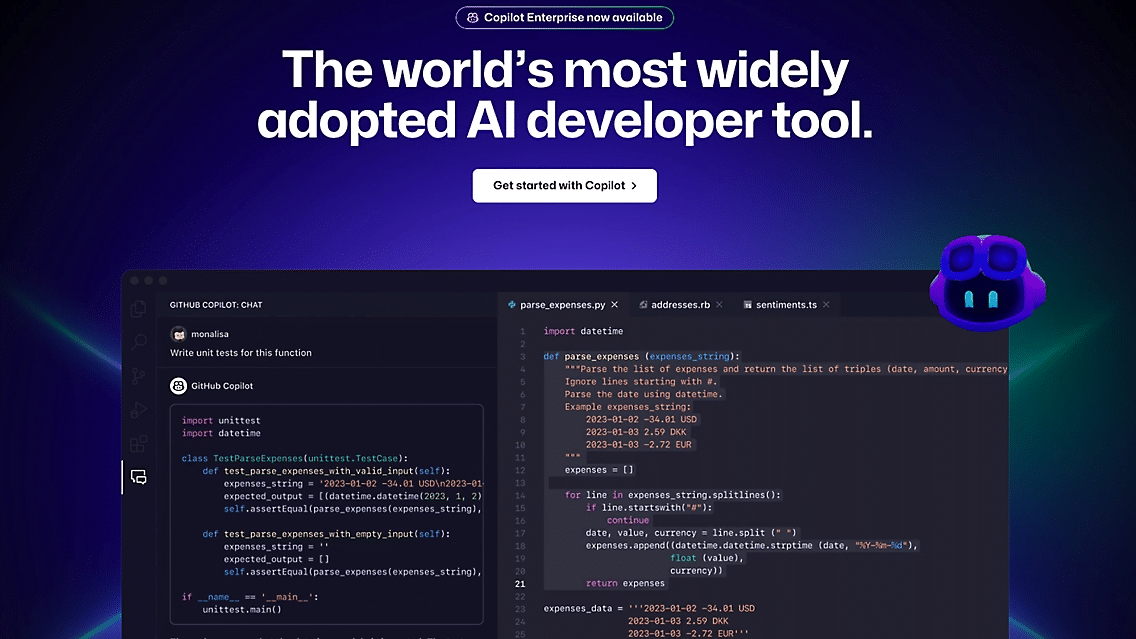
Source: https://azure.microsoft.com/en-us/products/github/copilot
GitHub Copilot, powered by OpenAI’s Codex, is an AI-powered code completion tool that helps front-end developers by suggesting code snippets in real-time directly in the editor. If you’re working on a new React component, Copilot can suggest the structure of the component, including state management, event handlers, and even styling, saving time and improving accuracy.
How It Works:
Copilot generates code based on comments, variable names, and even previous code within the file. It helps developers quickly generate HTML, CSS, JavaScript, or even React components, reducing the need to write boilerplate code.
Cursor AI
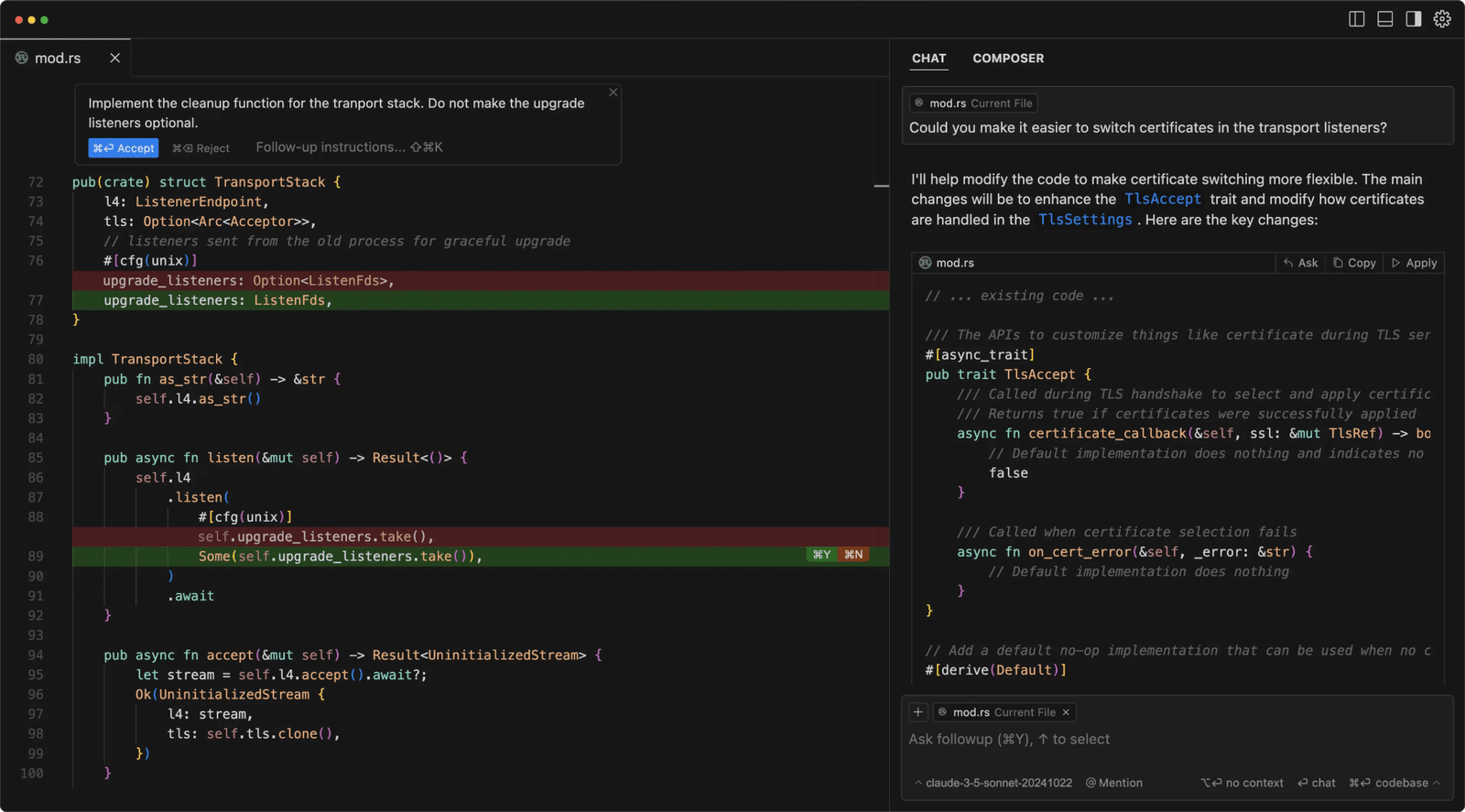
Source: https://www.cursor.com/
Cursor AI is an intelligent code assistant designed to optimize the coding process in web development. It integrates directly into your editor, providing smart suggestions and offering in-depth debugging assistance.
If you’re building a dynamic landing page, Cursor AI can suggest CSS properties that work well together and alert you to any responsive design issues, ensuring the page looks great across all devices.
How It Works:
Cursor AI actively helps with auto-completing functions, detecting errors, and suggesting code optimizations as you write. It also offers guidance on best practices for front-end coding.
Tabnine
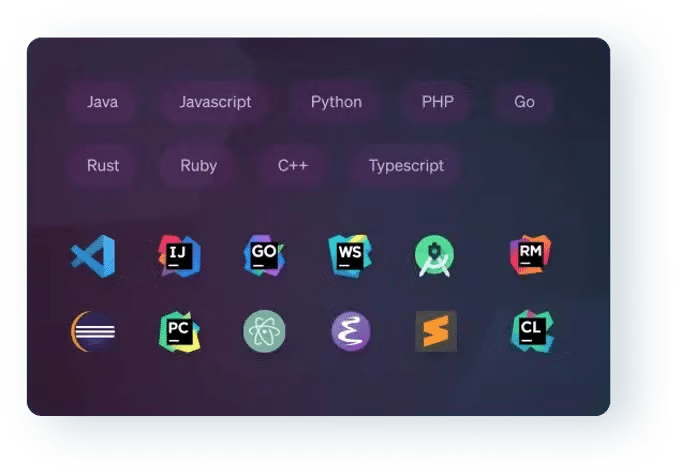
Source: https://tabnine.en.softonic.com/web-apps
Tabnine is an AI-powered code completion tool that integrates with popular IDEs like Visual Studio Code. It helps front-end developers by providing fast and accurate code suggestions for JavaScript, TypeScript, and other web technologies.
When building a form validation feature, Tabnine can auto-generate validation logic based on common patterns or previous code, helping you avoid errors and speed up development.
How It Works:
Tabnine uses machine learning to predict the code you need next, even offering full-function completions and entire code blocks. It helps developers work faster while maintaining code quality.
Uizard
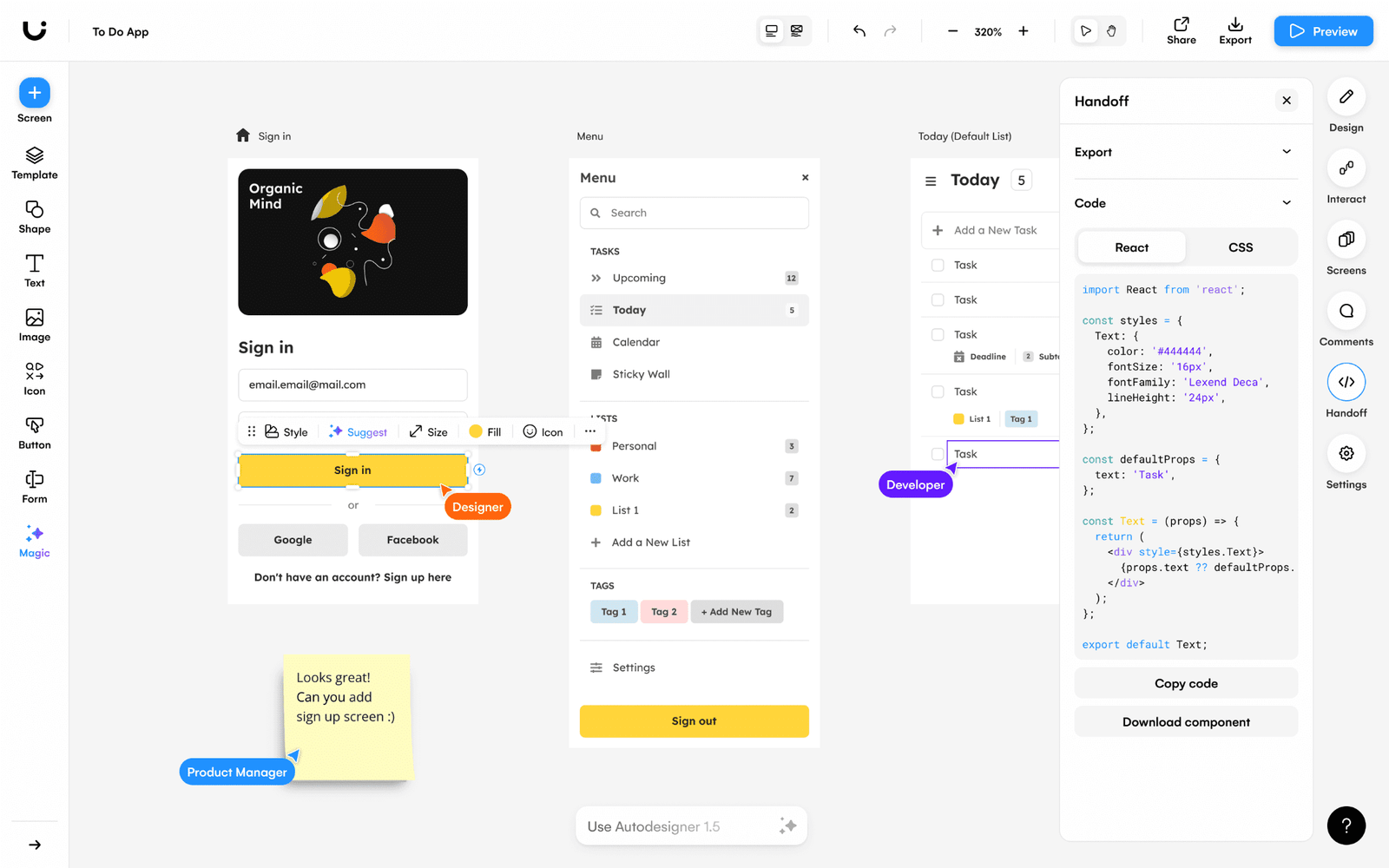
Source: https://uizard.io/product/
Uizard is an AI tool designed to turn wireframes, sketches, and mockups into fully functional front-end code. It’s particularly useful for turning design ideas into reality quickly, especially for those without extensive coding experience.
If you create a wireframe for a dashboard, Uizard can automatically generate the HTML, CSS, and JavaScript needed for a working prototype, saving hours of manual coding.
How It Works:
Uizard automatically translates user interface designs into working code, including HTML and CSS. The AI learns from your designs and generates responsive layouts, enabling UI UX designers and developers to work more efficiently.
Figma’s AI Plugins
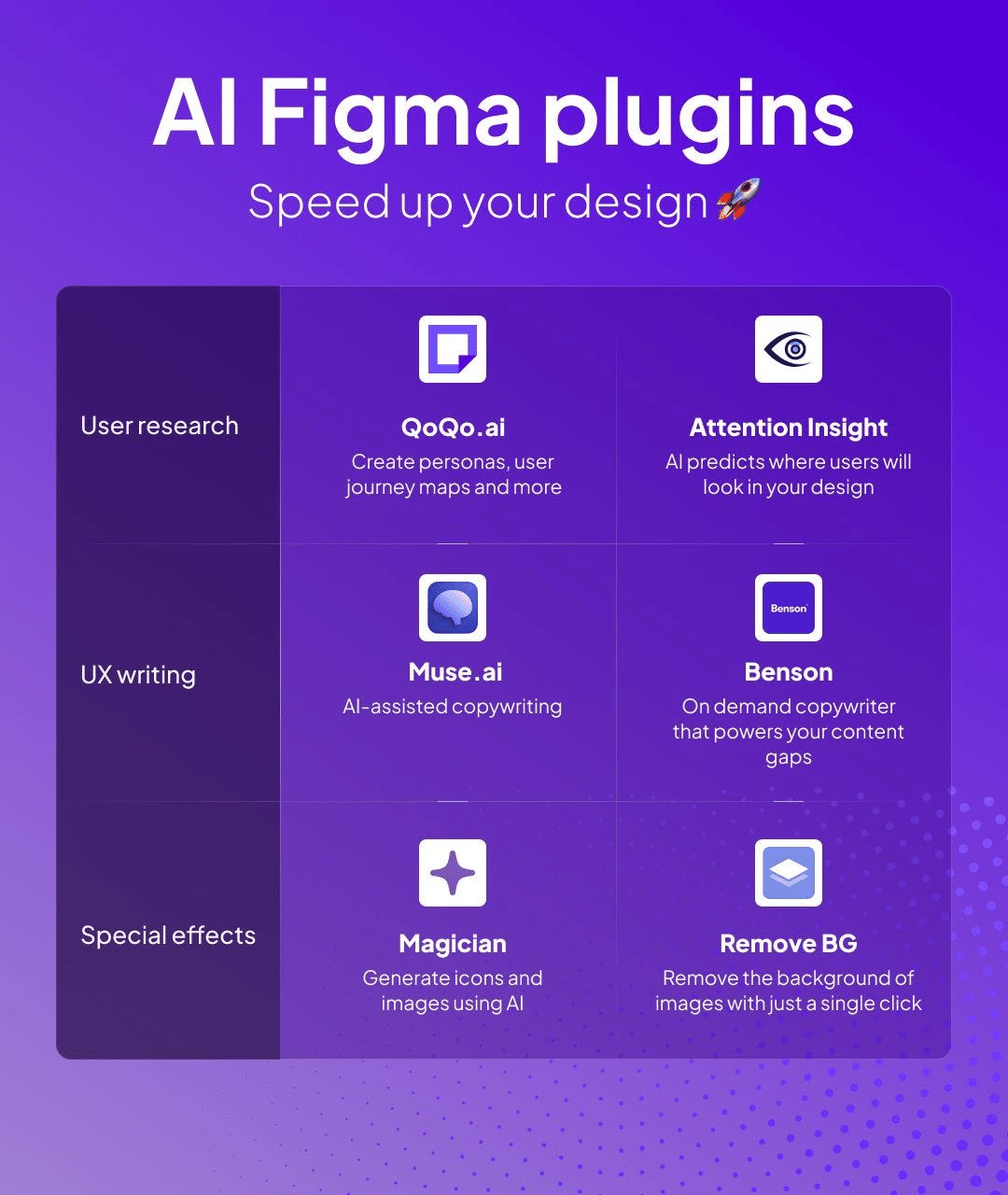
Source: https://medium.com/@nasir-ahmed03/ai-figma-plugins-to-speed-up-your-design-process-fdd1ede727c7
Figma, a popular UI/UX design tool, now includes AI-powered plugins that assist front-end developers by automating design-to-code workflows, improving design consistency, and suggesting design elements based on user input. As these intelligent tools become more advanced, businesses looking to accelerate product development often choose to hire front-end developers who can effectively leverage Figma’s AI capabilities to streamline the design-to-deployment pipeline.
Figma’s AI can help you design a responsive button in the tool, and with a plugin like “Figma to Code,” it can instantly generate the HTML/CSS needed to implement the button in your project.
How It Works:
With AI-powered Figma plugins, designers can create components and layouts that are instantly translated into code. These plugins also offer auto-alignment, component resizing, and even accessibility suggestions.
Tool | Best For | Platform Support | Ideal Use Cases | Integration Complexity | Performance |
GitHub Copilot | Real-time code suggestions, auto-completion | VSCode, JetBrains, Neovim | Speeding up coding, auto-generating code snippets, learning best practices | Easy | High (Real-time suggestions) |
Cursor AI | Intelligent code assistance, debugging | VSCode | Auto-completing functions, detecting errors, improving code quality | Moderate | High (Real-time assistance) |
Tabnine | Code autocompletion, boosting productivity | VSCode, IntelliJ, Sublime | Writing JavaScript, TypeScript, and front-end code faster | Easy | High (Intelligent code completions) |
Uizard | Design-to-code translation, rapid prototyping | Web | Quickly turning wireframes or mockups into functional code | Easy | Moderate (Design translation) |
Figma’s AI Plugins | Design automation, converting designs into code | Figma | Generating HTML/CSS code from designs, creating responsive layouts | Easy | High (Optimized for design-to-code) |
Conclusion
AI tools are becoming increasingly vital in shaping the future of web interfaces. These AI-powered solutions not only accelerate the development process but also enhance the quality and responsiveness of web apps by automating tedious tasks, offering real-time suggestions, and providing deep insights into code structure and performance. The result is faster, smarter, and more intuitive applications that meet the growing demand for personalized and user-centric experiences.
By embracing AI tools, developers can create highly efficient, user-friendly web applications that are adaptable to user needs and responsive in real-time. The shift from traditional development methods to AI-assisted workflows marks a new era in web development, one where developers can focus on creativity and problem-solving, leaving repetitive tasks to the power of AI. With AI tools as integral components of the development stack, the future of front-end development is undoubtedly more intelligent, streamlined, and capable of delivering next-level user experiences.
SHARE THIS POST












